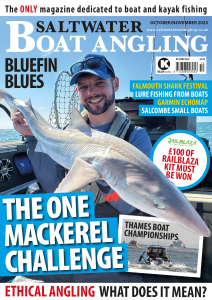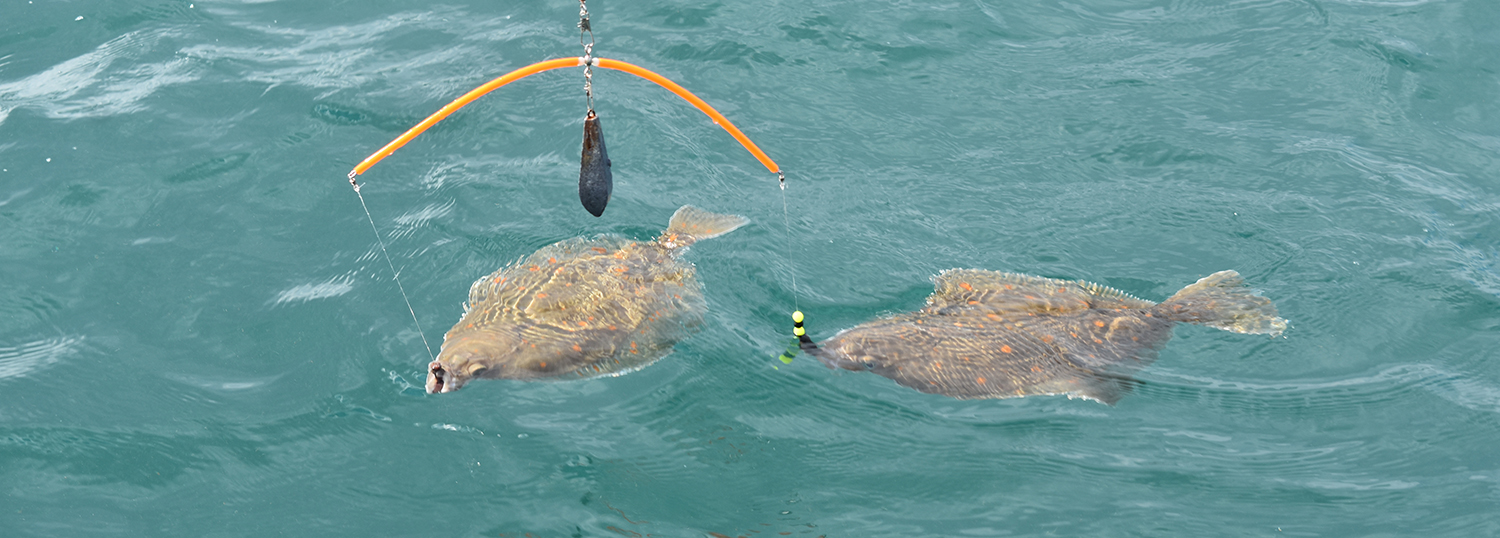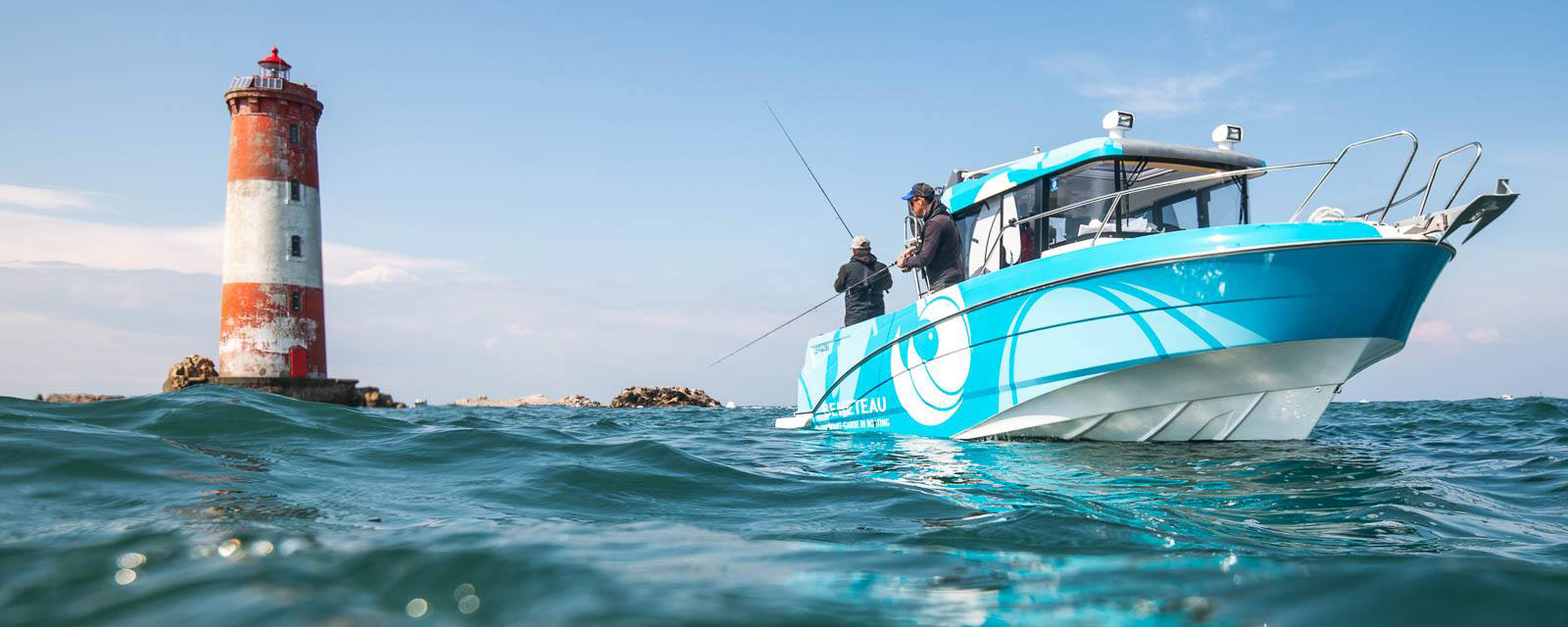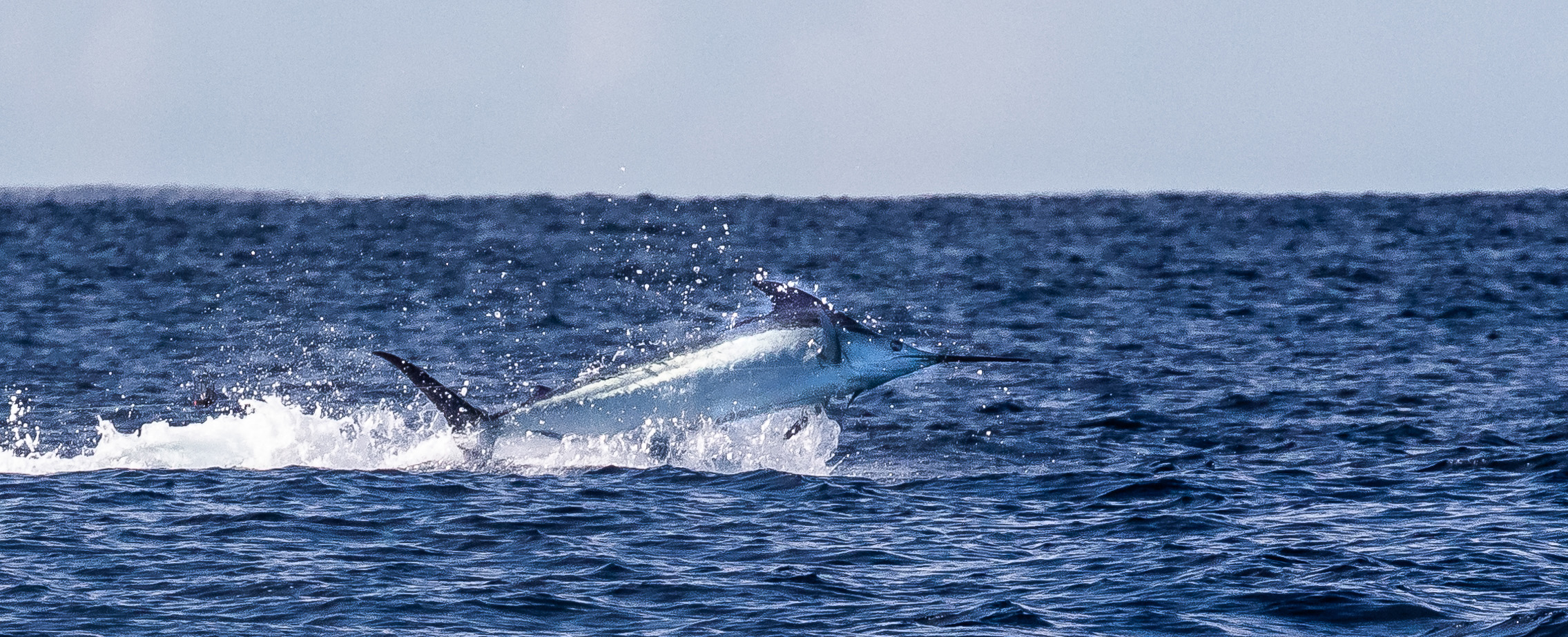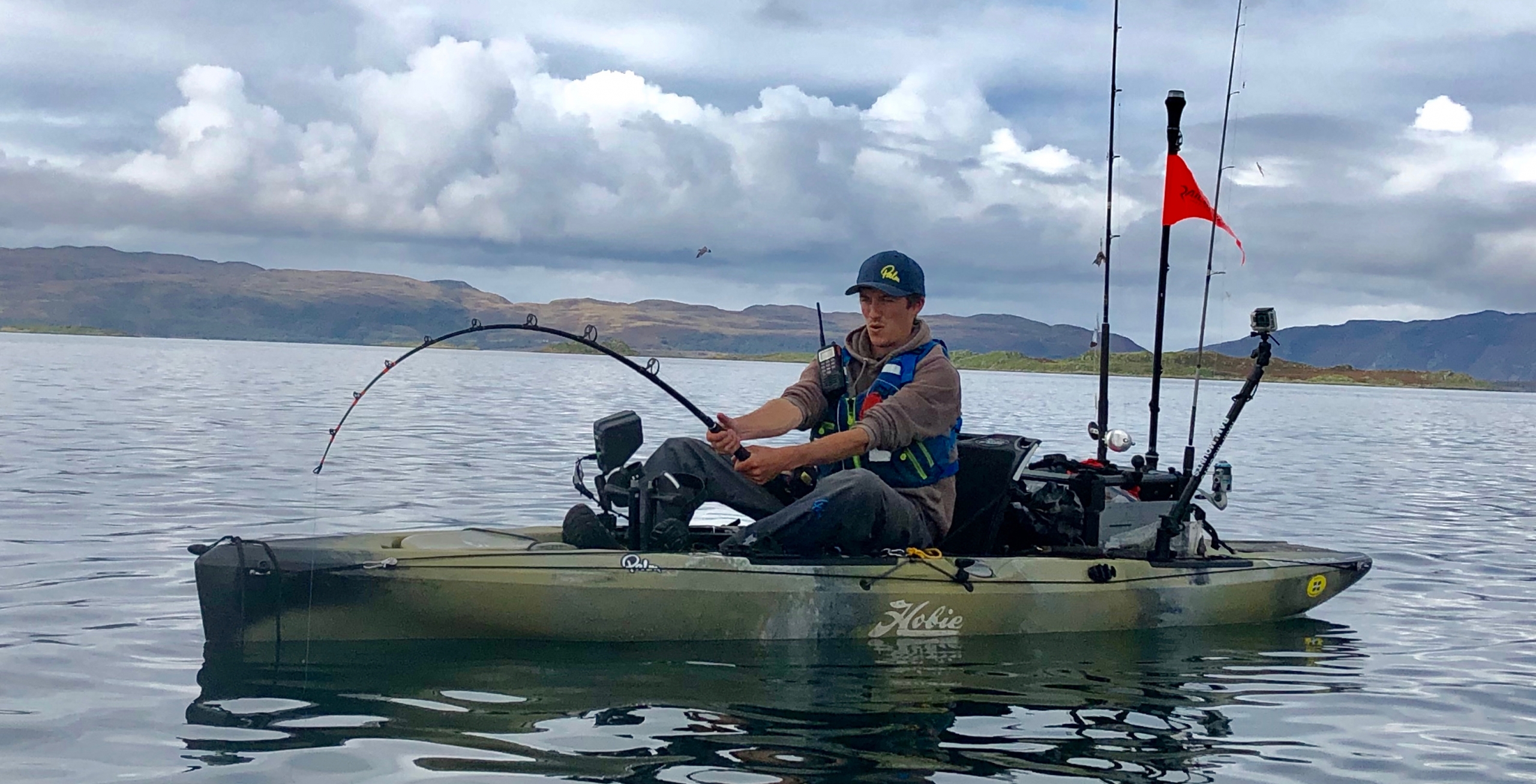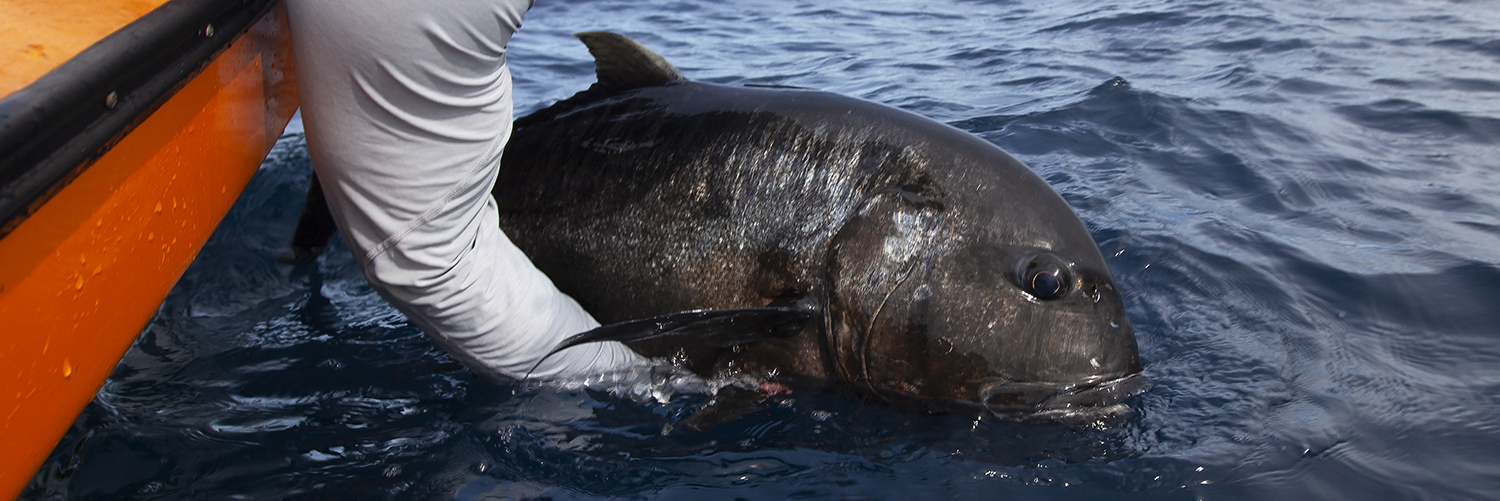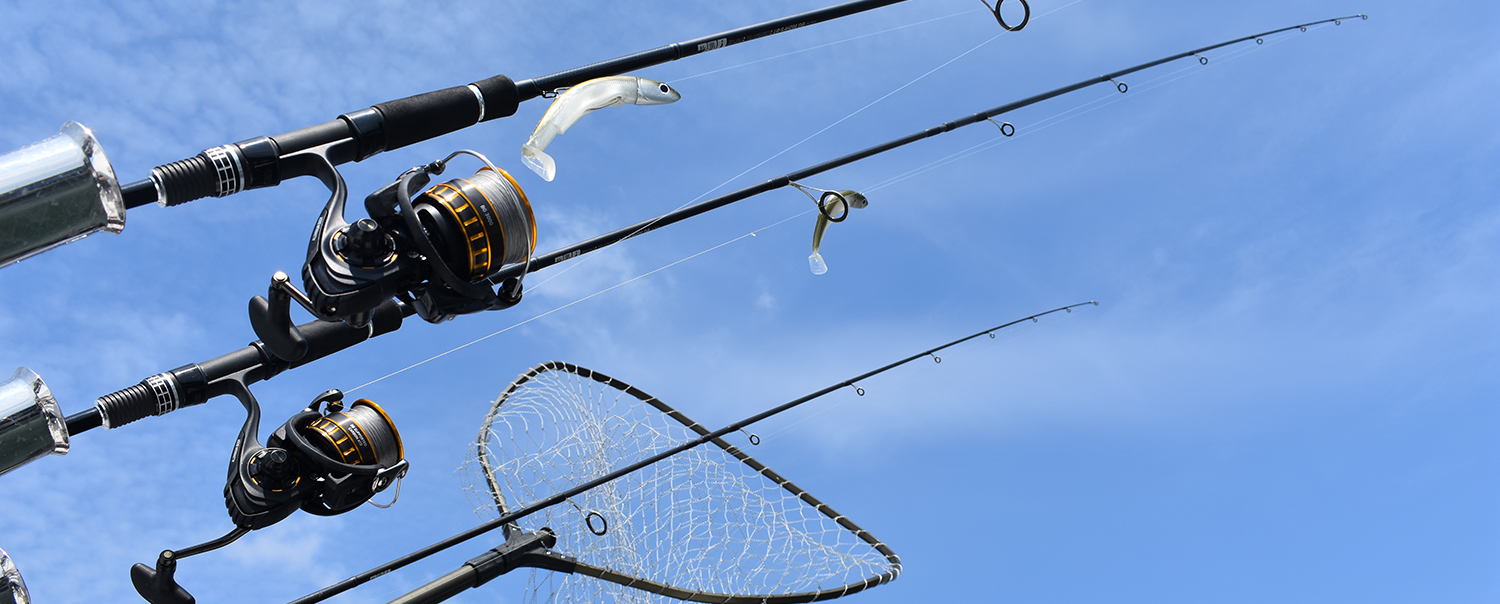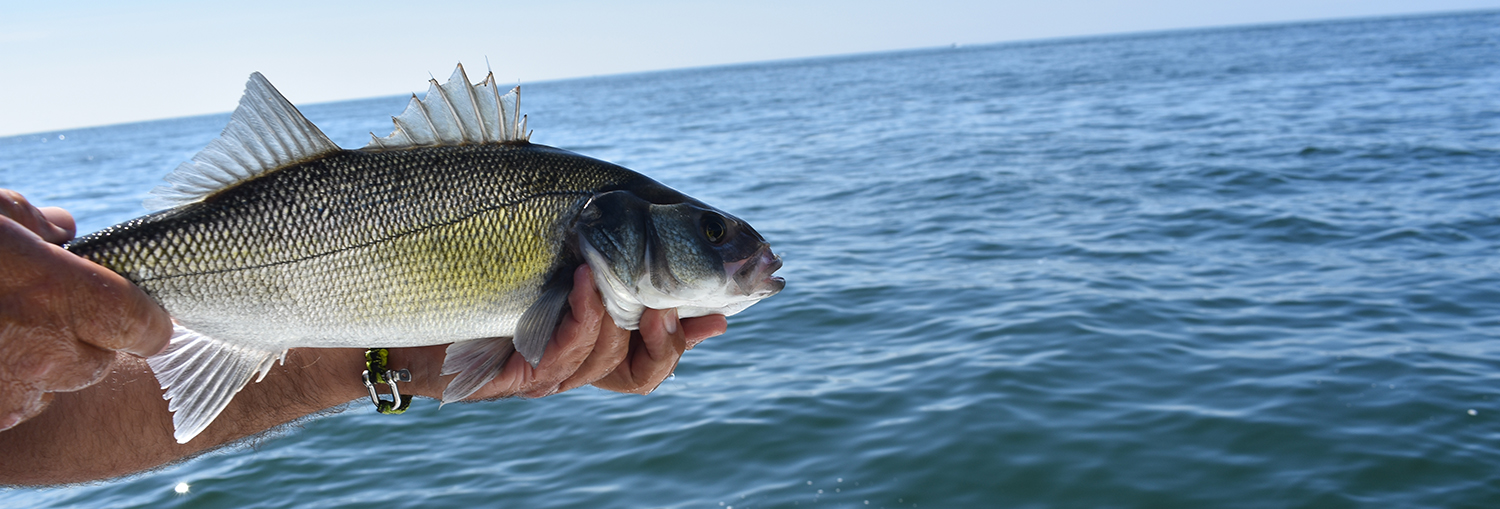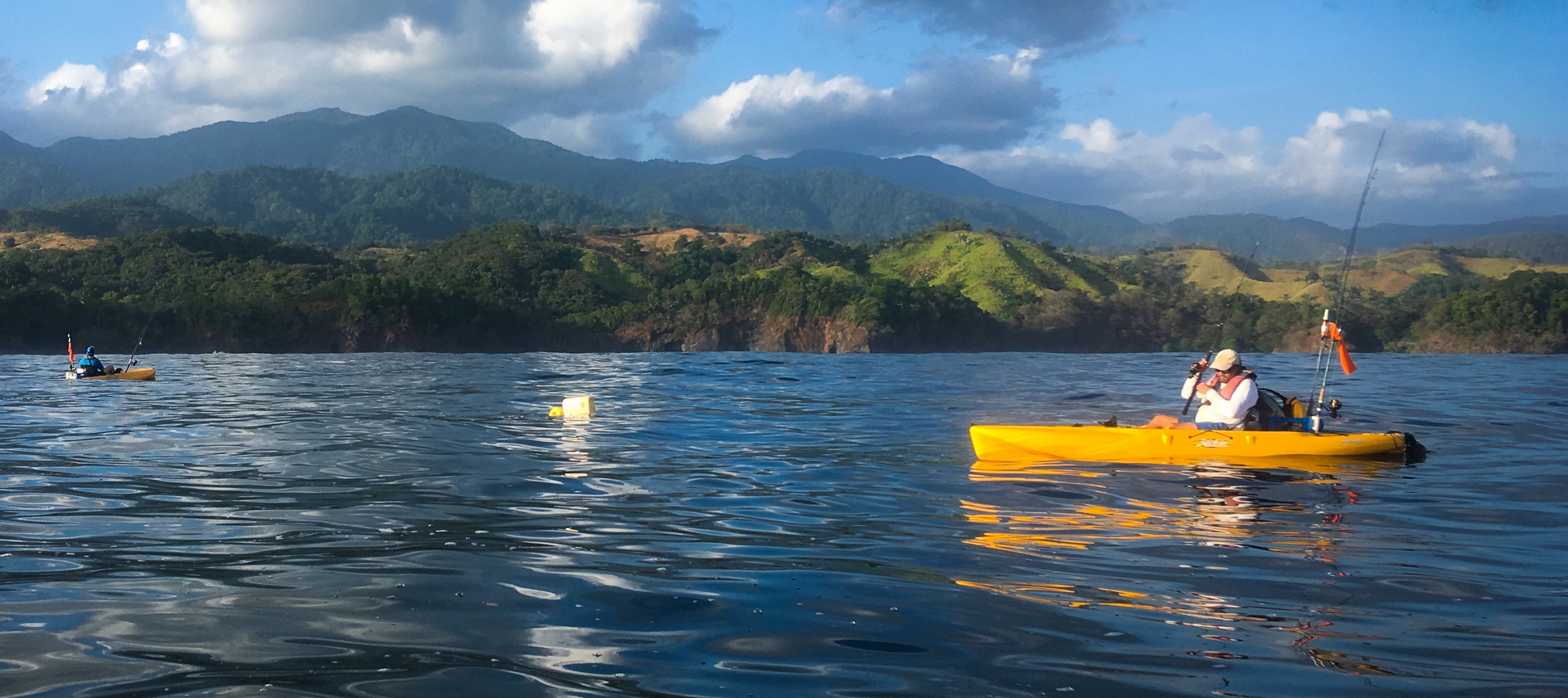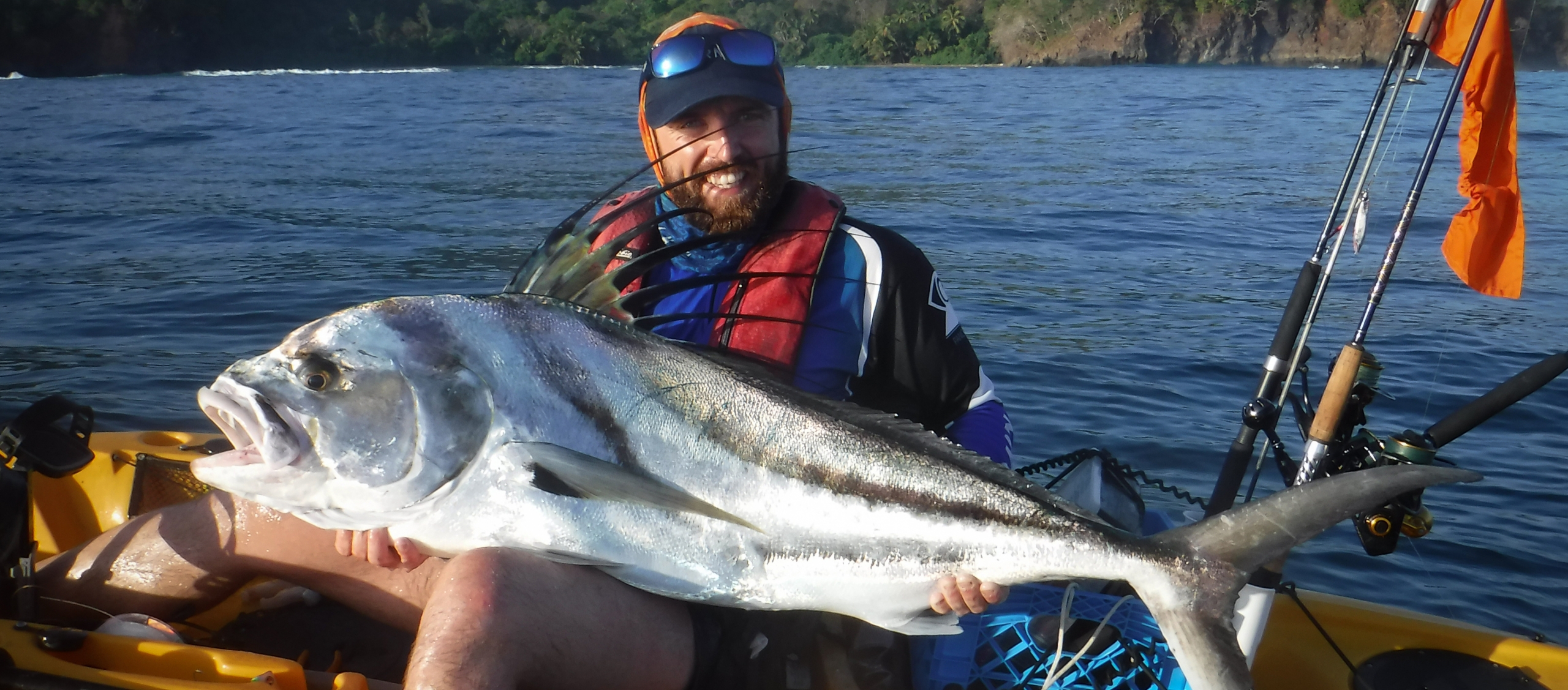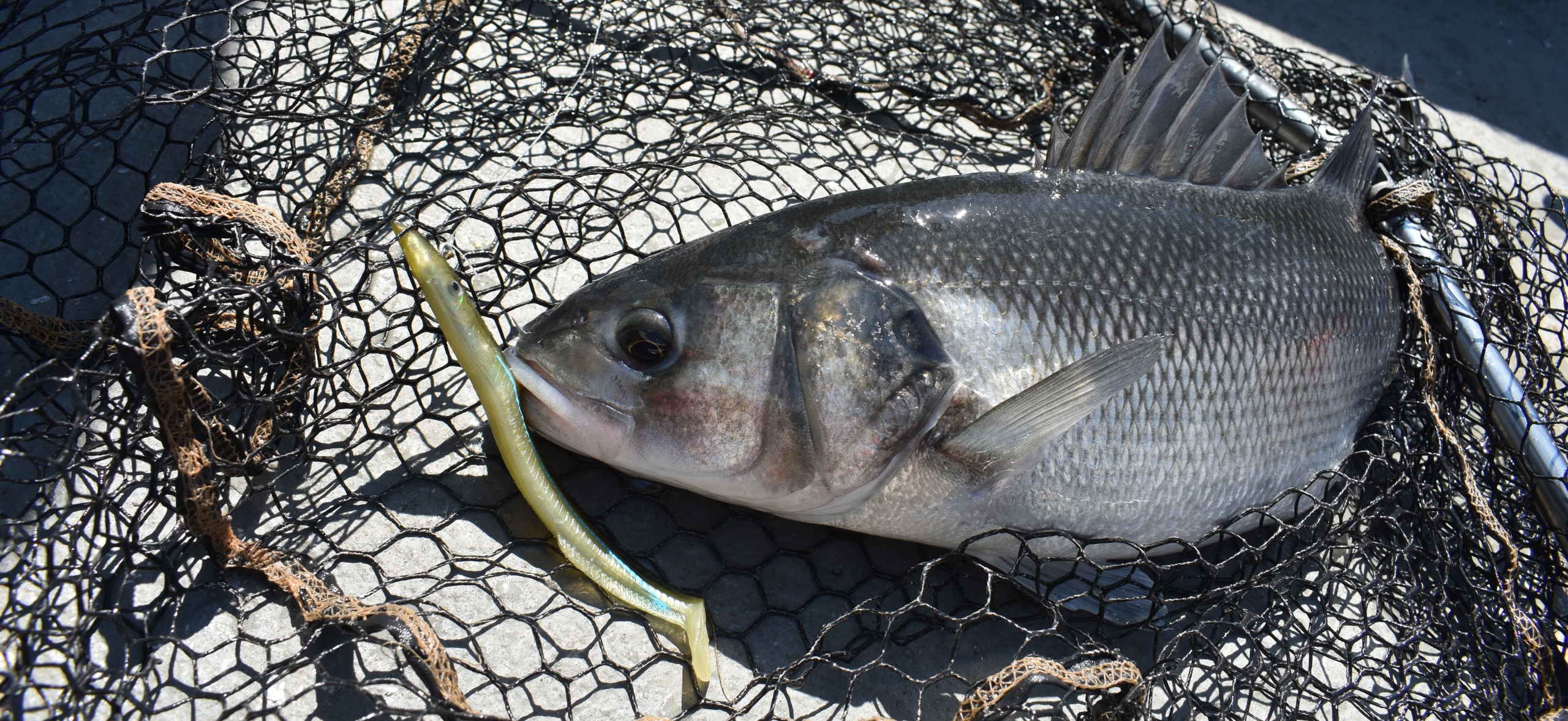Tim Macpherson provides a basic Saltwater guide to getting the right outboard engine for your boat.
How do you know you have the right boat and engine combination? Many of us boat owners will buy a boat second-hand with an engine already attached. Nine times out of ten we won’t even consider whether what we are buying is the correct combination. There are so many different boat types and hull shapes it can be a bewildering prospect. Many boat manufacturers will be able to guide you and of course if you buy from new you can expect the boat seller or builder to know what is appropriate. But still the number of times I’ve seen boats with the wrong size or type of engine is considerable. It is important to stay within the minimum and maximum horsepower rating. An engine on the wrong side of the rating, whether past the lower or upper limit, could endanger the integrity of the hull.
It is a key consideration because, as boat owning can be an expensive business, you want to reduce the running costs as much as possible. The wrong engine can chew through fuel without actually achieving any more power or speed.
So, we thought we’d bring you a short guide to what you can do.

1. Contact the manufacturer.
If you buy a second-hand boat, you should be able to identify the make pretty easily – and a quick call to the manufacturer will give you a steer. They will know the recommended rating for the boat you have. Alternatively, you can check your boat for the National Marine Manufacturers (NMMA) plate, usually located on the inside of the stern. the plate will tell you the minimum and maximum horsepower rating for your hull.
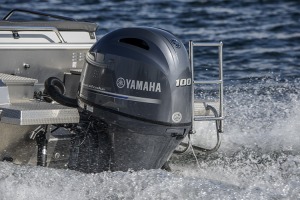
2. What are you using it for, how often?
What kind of fishing are you doing? Inshore? offshore? If you plan on going long distances regularly then you’ll need to make sure you’ve got an engine which will get you somewhere quickly and is fuel efficient. For pottering around estuaries and within a mile or two of shore then fuel efficiency isn’t so vital – but you still need to make sure you can get yourself out of trouble and a unsuitably powered boat will hamper that.
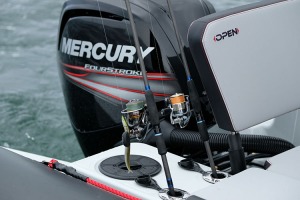
3. Different engine types and sizes
There are two basic engine types; four-stroke and two-stroke. A two-stroke outboard fires on every revolution of the crankshaft. The four strokes are intake, compression, power and exhaust. Although the four-stroke requires twice as many piston strokes and turns of the crankshaft to generate power, it is extremely fuel efficient, quieter and produces far fewer emissions.
Two’-strokes had the advantage of being more powerful and getting a boat onto the plane quickly. However, the latest generation of four-strokes are now so efficient they can achieve this within the same time scale and with ease too.
There are still a lot of two-stroke engines around on used boats, and they are perfectly good engines but all new craft are fitted with the four-stroke variety. We recently swapped two a two-stroke and it certainly reduces the fuel usage and so far we haven’t noticed any loss of oomph.
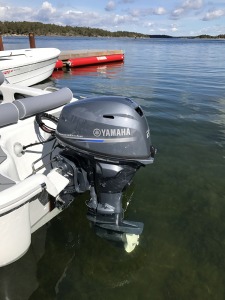
4. Long shaft or short shaft
Measure your boat aft from the top of the transom to the bottom of the keel. 38cm to 44cm will require a short shaft, 51cms or longer will need a long shaft outboard engine. Most engines shafts are measured from the bottom of the mounting bracket to the cavitation plate on the leg. If in doubt consult the boat manufacturer or a local engine dealer. Small inflatables and dinghies tend to require short shaft engines whilst larger boats usually require long or, in some cases special, ultra-long, shaft version for boats measuring over 64cm.
It is essential you get the correct shaft length in order be able to operate it efficiently and safely. I borrowed a boat from a mate once which not only had a shaft which was barely adequate but it was also underpowered because the engine was too small. It took a long time to get anywhere and was a nightmare in a strong tide.
How to measure a shaft length
Height Length
14”-19” Short (15” shaft)
19”- 22.5” Long (20” shaft)
22.5” + extra long (25”)
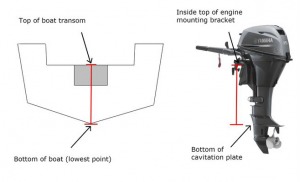
5. Weight and length to horsepower ratio
How much horsepower you need very much depends on the weight of the boat, how much gear you will be carrying and how many passengers. It is a good idea to calculate the number of people and amount of gear that you will have aboard for a typical trip. If you normally boat by yourself, for example, buying a less powerful engine will save you money on fuel.
For relatively lightweight aluminium and fibreglass boats of around 10-15 feet in length, you won’t need an engine with a huge amount of power, so one in the 15-20 horsepower range should suit your needs quite well. These are powerful enough to get you where you need to go if the distances aren’t great. For instance, for inshore and estuary fishing.
Between 15 and 25 feet there is a wide range of options, depending on the hull shape (see below). Boats for coastal fishing will be OK with engines of 75 to 90 horsepower, for further offshore higher-powered engines may be desirable. Some boats over 25 feet in length sometimes do well with twin outboard motors usually in the range of 200-300 horsepower. This extra power is necessary for boats that travel far offshore— you need to be able to get there quickly and return to harbour before nightfall. When choosing an outboard motor make sure to do your research and think about your boat carefully.
The average private boat used for angling will carry two to three people (80-90 kilos each), have an anchor rope and chain (5-10kilos), a quantity of safety equipment (2kilos) and the associated tackle (1-2kilo per angler) plus at least 1 kilo of lead per angler a total of under 200kilos. Boat weights will vary from 200kg for a boat like an Orkney Coastliner, a 6.7m Warrior 165 weighs in at 550kg and one of the larger 8.3m Arvor 810s weighs in at 1900kg. So, getting the engine size right is essential.
A rough guide of length to HP ratio would be as follows:
Up to 3.5m (12’) – 2-10HP
Up to 4.5m (16’) – 9-20HP
Up to 5m (18’) – 20-40HP
Up to 5.5m (20’) – 40-70HP
Up to 6m (25’) – 90-140HP
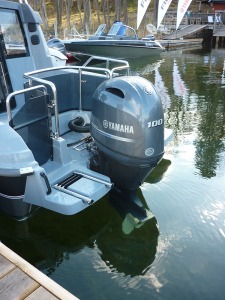
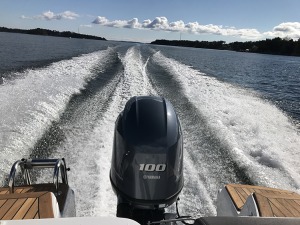
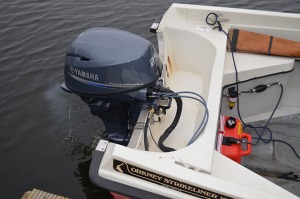
6. Types of Fuel Injection
There are three types of injection: Direct Fuel Injection (DFI), Electronic Fuel Injection (EFI), and carburetted systems. Carburetted systems are the oldest type They work by controlling the amounts of airflow and fuel that goes into the engine. An EFI system uses electronic systems to control air and fuel intake, while a DFI system injects fuel directly into the cylinders of the engine.
Carburetted systems are the most inexpensive, but this initial advantage is soon overshadowed by the fact that their fuel economy is inferior to both DFI and EFI systems.
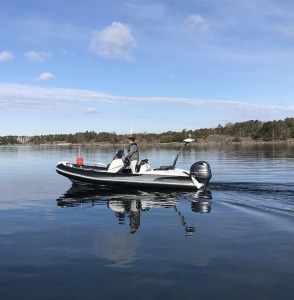
7. Boat shapes and hull sizes
- Planing Hull
These are designed to rise up and skim, or plane, over the water once they have reached a high enough speed (usually 15 knots or more). They require large powerful engines to build up sufficient speed to plane. Planing boats are made of light materials and have a V-shaped hull in section (at the bow). This shape helps the hull cut through the water. The hull then extends to a flatter bottom and wider shape towards the stern, allowing the boat to skim over the water at speed. Planing hulls need high powered engines which can lift the boat off the water quickly
- Semi-Displacement
A semi-displacement hull is narrower than a planing hull, with a fine bow and a more rounded hull shape. It has a flat stern to help create lift. The more rounded shape of the hull makes it more comfortable than a planing hull will be in a rough seas. Semi-displacement hulls are well suited for rugged, sea going boats which need to move quickly through heavy seas. Depending on length an engine in the 20hp-70hp range would be appropriate
- Cathedral
A cathedral hull is a variation of a planing hull and a popular shape for angling boats. They have a deep V shape along the centre with two smaller V shaped sections on either side, hence ‘cathedral’. This makes for a stable angling platform that is suited for fishing and copes well with rough conditions. The hull shape also enables greater speed than a heavy displacement equivalent, which gets you to the fishing ground quicker and back home quicker if the weather deteriorates quickly. Depending on the boat length an engine in the 50-150hp will be appropriate.
- Displacement
Displacement hulls are used for slow, heavy vessels like trawlers and tugs. They move by pushing the water aside and moving at a slow, steady speed. Fishing boats with displacement hulls are economic on fuel and move through the water easily and efficiently. They don’t tend to rock around and are able to cope well with rough seas.
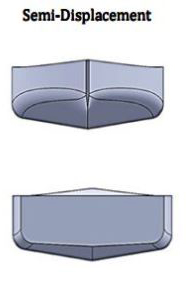
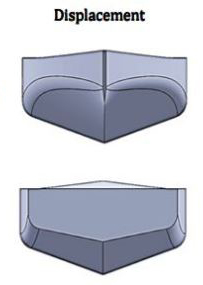
Getting the right outboard for your boat is key to getting the best out of your fishing experiences and for feeling safe at sea. It is a given that if you are buying a second-hand boat and outboard that you get the engine thoroughly checked and see it running before making the purchase. Also cost, while a consideration, should not be the primary mover – your engine is your life saver and the wrong, or cheap, engine on the wrong sized boat will compromise your safety.
If you enjoyed this article you can buy the issue or subscribe by clicking the links below:
Buy digital copies - £2.99 each Subscribe Now Digital Subscription Click here for 12 Months of digital issues for £19.99
